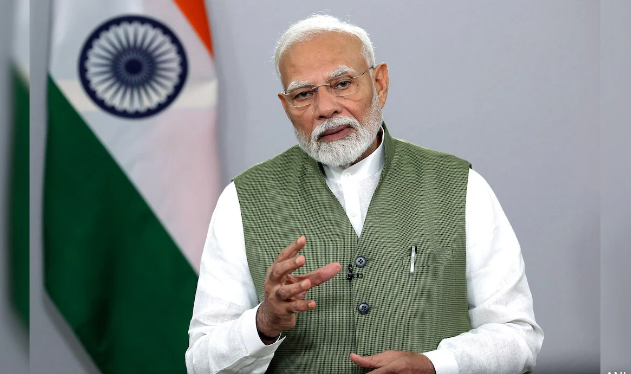
For post-flood reconstruction
The State Planning Board has recommended a ₹2,447.66-crore special package for the post-flood development of Kuttanad, with integrated water resources management (IWRM) and “resilient agriculture” as the central themes.
Entrusted with the preparation of a reconstruction plan for the region after the 2018 floods, the Planning Board on Thursday handed over its set of recommendations to Chief Minister Pinarayi Vijayan, who formally released it.
The recommendations broadly cover nine key sectors and call for their coordinated and closely-monitored implementation.
The report provisionally earmarks ₹1,589.16 crore for water resources development, ₹252 crore for agriculture, ₹230 crore for fisheries and ₹291 crore for drinking water supply.
Other tentative outlays include ₹15 crore for the establishment of an integrated rice park in Alappuzha, ₹40.5 crore for an electricity substation, ₹11 crore for responsible tourism initiatives, ₹3-crore technological solutions for sanitation and ₹16 crore for animal husbandry.
Envisaging Kuttanad as an efficient special agricultural zone, with an ecologically sustainable convergence of agriculture and policy, the Planning Board has recommended for the region a hierarchy of primary, secondary and tertiary ‘water systems’.
The primary system would comprise the lower reaches of the Pampa, Achenkovil, Manimala, Meenachil and Muvattupuzha rivers starting from 40 metres above mean sea level (MSL) to the point where they drain into the Vembanad lake. The Thottapally spillway, the AC Canal and Vembanad lake up to Kochi too would be a part of this system.
The secondary system — essentially a link between the first and tertiary systems — would comprise the entangled network of larger canals. The tertiary system refers to the small and very small canals adjacent to the ‘Padasekharams.’



